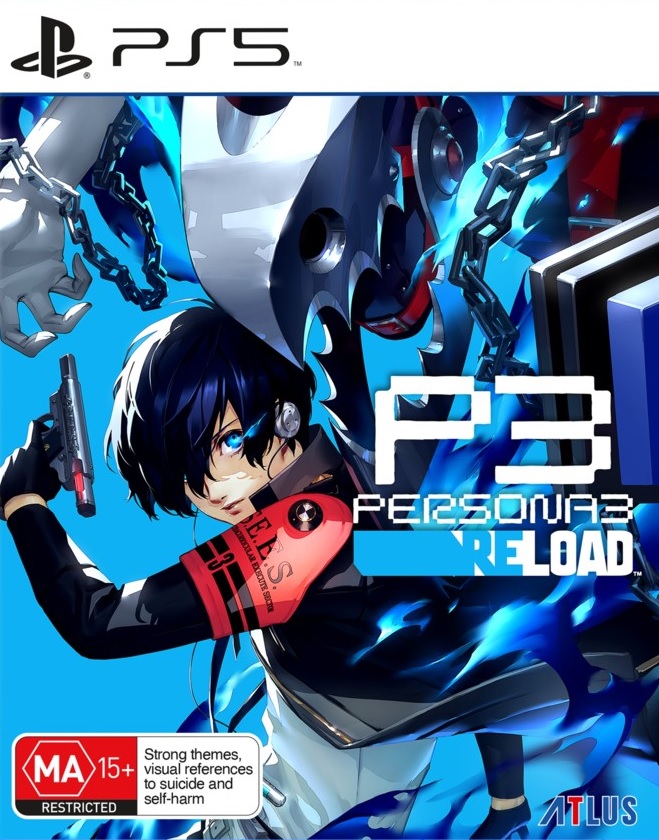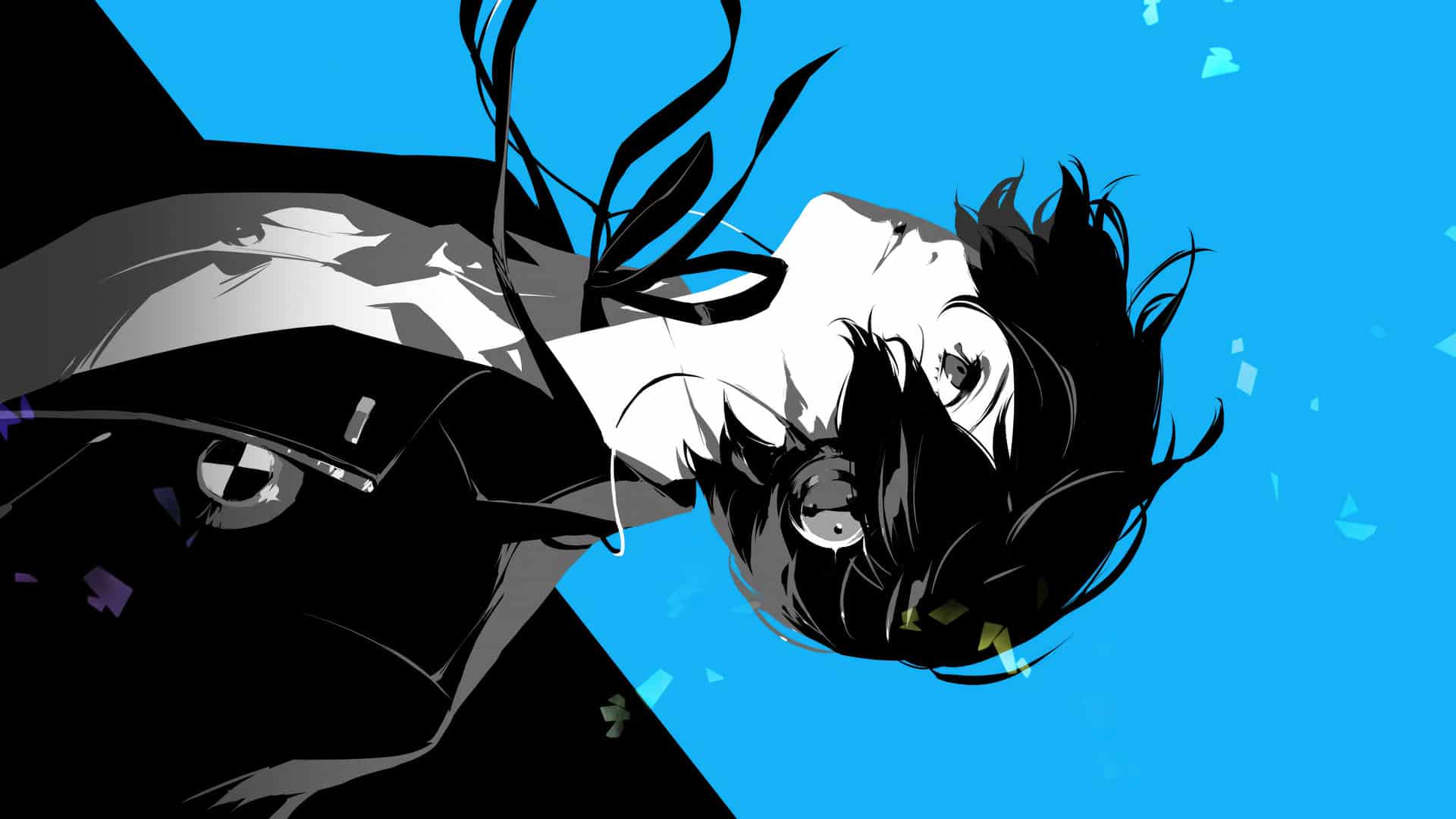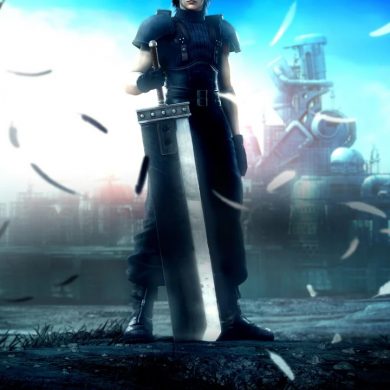Persona 3 Reload Review
- Developer: ATLUS
- Publisher: Five Star Games (AU)
- Release: February 2, 2024
-
 Dan Rizzo
Dan Rizzo
- Reviewed on: PlayStation 5
- March 12, 2024

Persona’s impact on the JRPG genre in the last two decades have been indelible. An undeniable ascent that’s gone above beyond expectation from fans to newcomers, ultimately revolutionising how we play and perceive title’s that boast lofty narrative with par gameplay quality without going too cinematic on its structure. It’s a Triple A feature that we don’t see often in our current climate, but sorely appreciated nonetheless. Then we have a flurry of remakes and remasters that lift the framework of their original counterparts, add a quick layer of lacquer to them for an extra sheen, and ship it as the greatest thing since sliced bread. I’m glad to say that Persona 3 Reload does not do this. Fans are in for one of the wildest odes to Japanese Role-Playing’s greatest of all time, with Persona 3 rebuilt for the purist, the devotee and the newcomer.
Make no mistake about it, Reload is no once-over for a quick buck. This is a remake rebuilt to deliver an entirely new experience. Utilising the already universally acclaimed Persona 5 engine to capitalise on its successes, ATLUS and the Persona team are determined to re-establish its dominance within the JRPG market, by taking an already polished Persona title, it’s exemplary writing and relatable cast, to introduce to a while new generation of Persona fans. A fanbase that has grown exponentially since the release of the original Persona 5 back in 2017 for PlayStation 3 and 4, this gives the newfound devout a way to cherish an older entry by delivering a modernised take with an engine that familiar, but fresh for the enthusiast. It’s wins all around for the Persona fandom, and I for one am in absolute awe.
Carpe Diem...
Persona 3 initiates the player with a nameless protagonist. For my playthrough, I chose to give my protag his canonical name, Yuki Makoto. Makoto returns to his native town of Tatsumi Port Island, a decade after his parents had died from an accident leaving him an orphan. Scheduled to meet with other students of the Iwatodai Dorms, he encounters a child named Pharos, asking Makoto to sign a contract which inherently states he will take responsibility for his actions. After the strange interaction, he is confronted by members of the SEES (Special Extracurricular Execution Squad), a high school club that is known for researching supernatural activity. Yukari Takeba and Misturi Kirijo introduce themselves as ordinary students that live in the dorm, but are visibly perturbed.
Mitsuri instructs Yukari to lead our protagonist to his room, not before asking if Makoto had experienced anything out of the ordinary on his way to the dorm but quickly deflects the topic and leaves our protagonist for the night. The next day, the pair travel by subway to Gekkoukan High School to which Yukari pleads Makoto not to speak of events the night previous. From this point, we’re initiated with Persona 3 Reload’s overhauled engine, which is of course, reminiscent of Persona 5. An entirely new perspective on a pre-existing universe, with wider exploration and more interaction than its previous versions. We get to explore Gekkoukan High further, visiting faculties, talk with teachers and build social links with other students, including those within SEES. In a broader scheme, a nice call back to the Persona and Shin Megami Tensei of old, the overworld map is displayed with pinpoint landmarks Makoto can travel to.
While mainstay mechanics of the original Persona 3 have evolved and rolled over into future iterations, with Persona 5 Royal polishing most blemishes, Reload has the delivered the courtesy of streamlining experiences such as class room tests, serving hints to desperate classmates, purchasing goods for Tartarus, levelling stats and earning new skills. Persona 3 Reload reminds the player that this is still Persona 3 by leaving impertinent framework intact and while it can feel somewhat aged in certain areas, the further along you progress through the midnight hour, the more you experience the evolution of Tartarus from its former iterations on both PlayStation 2 and PlayStation Portable.
A perfect way for new fans to experience a pivotal chapter in Persona's history with an emphatic overhaul.
Much like all Persona games, there is a surplus of activities to engage in – it’s not all fun and games however but extracurricular activities outside of school, Tartarus and SEES teammates will earn you social links with other students that may want to befriend you; some for information on other students, others that just want to get to know Makoto better. Then there’s the expansion of Iwatodai Dorm, where Makoto can explore a myriad of tasks to aid his quest such as cooking rations to take to the midnight hour, building a small garden, hold movie nights and study quietly. These all coincide with his skill tree, reminiscent of Persona 5’s. An appreciable change made from the original is the freeform camera movement that is set to third-person perspective, giving the player more freedom to explore their surroundings at their own pace.
Venture with no regret...
SOLID POINTS
✔️ Tartarus is as brutal as ever. Exploring the midnight hour is as calculating, as it is fun.
✔️ A perfect way for new fans to experience a pivotal chapter in Persona’s history with an emphatic overhaul.
✔️ Quite possibly, the best writing within the entire franchise. An emotionally charged venture that will leave you with more questions than answers.
❌ Some minor audio hitches, a patch can fix.
Now let’s talk about Tartarus itself, as this is where you’ll spend a great portion of your playtime in Persona 3 Reload. The midnight hour gives the SEES access to the eerily hallowed halls of Gekkoukan High School, but within a distorted universe controlled by Shadows. The 264 floor towering mammoth that oversees Tatsumi Port Island, can only be accessed by those that aren’t affected by the midnight hour’s stasis hold that places patrons in standing coffins for its duration. Only select few can avoid the the mysterious shackles the midnight hour has on humanity during its horrific tenure, nightly. Those individuals are essentially recruited by SEES, or are left to survive. The latter may mutate into unknown shadows or beasts, which are left to our group of unruly students to unfortunately sacrifice for the safety of existence itself.
As you traverse through different sectors in Tartarus, the map itself will mutate into different themes, looks and indicate difficulty with earlier floors looking more like the school, but floors above this beginning to distort further with enemies becoming stronger. Each portion of Tartarus is given a label for players to keep up with, much like Persona 5’s Mementos – Thebel, Arqa, Yabbashah, Tziah and Harabah, all derivative of Religious meaning, with Tartarus’ meaning “the dark abyss” or “Hell”. Much like Mementos, Tartarus is randomised every night after the tower emerges from the ground, off the illusion that the labyrinth is designed by its namesake.
The turn-based action is as you would expect in Persona titles, as you explore the floors of the haunted high school, you’re confronted by a plethora of shadows, with the player landing the advantage through a first strike or the shadow landing their own advantage by sneakily attacking you. This will determine how the battle begins and how you tactically play the battle out. With the advantage, it allows the first round to be delivered by the SEES, and its available party members, while an ambush from enemies will allow the battle to go in their favour, but a middle ground is also tactically available with your character attacking the enemy head-on. This will allow the most powerful fighter to deal the first blow, while leading a back and forth turn-based sequence throughout the onset. Makoto will always lead with the biggest advantage having banked multiple Persona’s.
This gives you the option to explore your enemies weakness and swap out a Persona to your liking, with your cohorts fixed Persona serving a variety of attacks to aid you. Purchasing weaponry will improve party and player stats, whether it be physical or magical attacks will be displayed upon equipping respective weapons, represented by SEES member blades that are carried throughout Tartarus. Some rounds can be useless for some team mates to attack, so it’s best to have said member guard themselves and leave the attack to those capable of laying in some punches early on, then allowing that team mate to come in with a simple strike. Magic, Mana or SP – however you prefer to label it – will always deplete faster than your HP, but it is advisable to take respite and climb Tartarus at a steady pace, or you will end up having to restart from your last save point.
The new soundtrack attached to Reload is a mixture of pure nostalgic bliss and ring new to its remake form, keeping the lyrical theme “Burn My Dread” attached to most overtures. “Full Moon Full Life” is Persona 3 Reload’s OP, and is composed by newcomer Atsushi Kitajoh and the returning Lotus Juice for vocal backing, with its mixture of Rock vs. Hip Hop aesthetic that brings back what players loved about the original title, along with a magnificently animated opening. Many fan favourites from the original return, but have been given new life, some with brand new lyrics attached – much like all Persona games, it’s worth a listen on its own merit as a standalone composition. My all time favourite, Burn My Dread – Final Battle Mix – has been updated with Kitajoh remastering the track as her own, but keeping the spirit alive of it being an explosive situation giving a palpable deliverance in her performance, a great way to wrap up the title.
A controversial decision to recast all characters was made for its localised release, however the decision had been supported by its original cast as most had moved onto bigger projects in their career, so it was great to see Yuri Lowenthal give Aleks Le (Final Fantasy VII Remake, Demon Slayer) his blessing, to take over the role of Makoto Yuki – a new Persona 3 for a new generation, brings a new generation of voice actors to the fold. Along with Le, Heather Gonzalez (Zelda: Tears of the Kingdom) takes over the role of lead heroine Yukari Takeba, alongside Zeno Robinson (Street Fighter 6, Horizon Forbidden West) as lead trouble maker Junpei Iori. Alejandro Saab takes over the dulcet tones of Liam O’Brien as Akihiko Sanada, while Allegra Clark leads the pack as Mitsuru Kirijo. A myriad of monumental talent within Persona 3 Reload delivers a memorable performance from initiation.
Persona 3 Reload is an essential JRPG for fans across all eras of the polarising genre. While the evolution of turn-based combat has been a discussion piece amongst gamers for quite a while, the conversation always comes back to how Persona masterfully designs it around an aesthetic that remains unmatched, and how gorgeous each sequel, iteration or remaster improves upon its predecessor – and Persona 3 Reload is no different in that regard. Persona 3 is held to the highest of regard within its fanbase as one of the heaviest, most hard hitting in its narrative alone, but the action is on an entirely different tone from its sequels, and now players from future stories can wind back the clock, but experience this absolute gem in a brand new light, as the masterpiece it is. Persona 3 Reload is the quintessential JRPG experience in 2024.
Persona 3 Reload Review
AVAILABLE NOW ON:
Persona 3 Reload is a 2024 role-playing video game developed and published by Atlus. Reload is a remake of Persona 3, the fourth main installment of the Persona series, itself a part of the larger Megami Tensei franchise.

.

